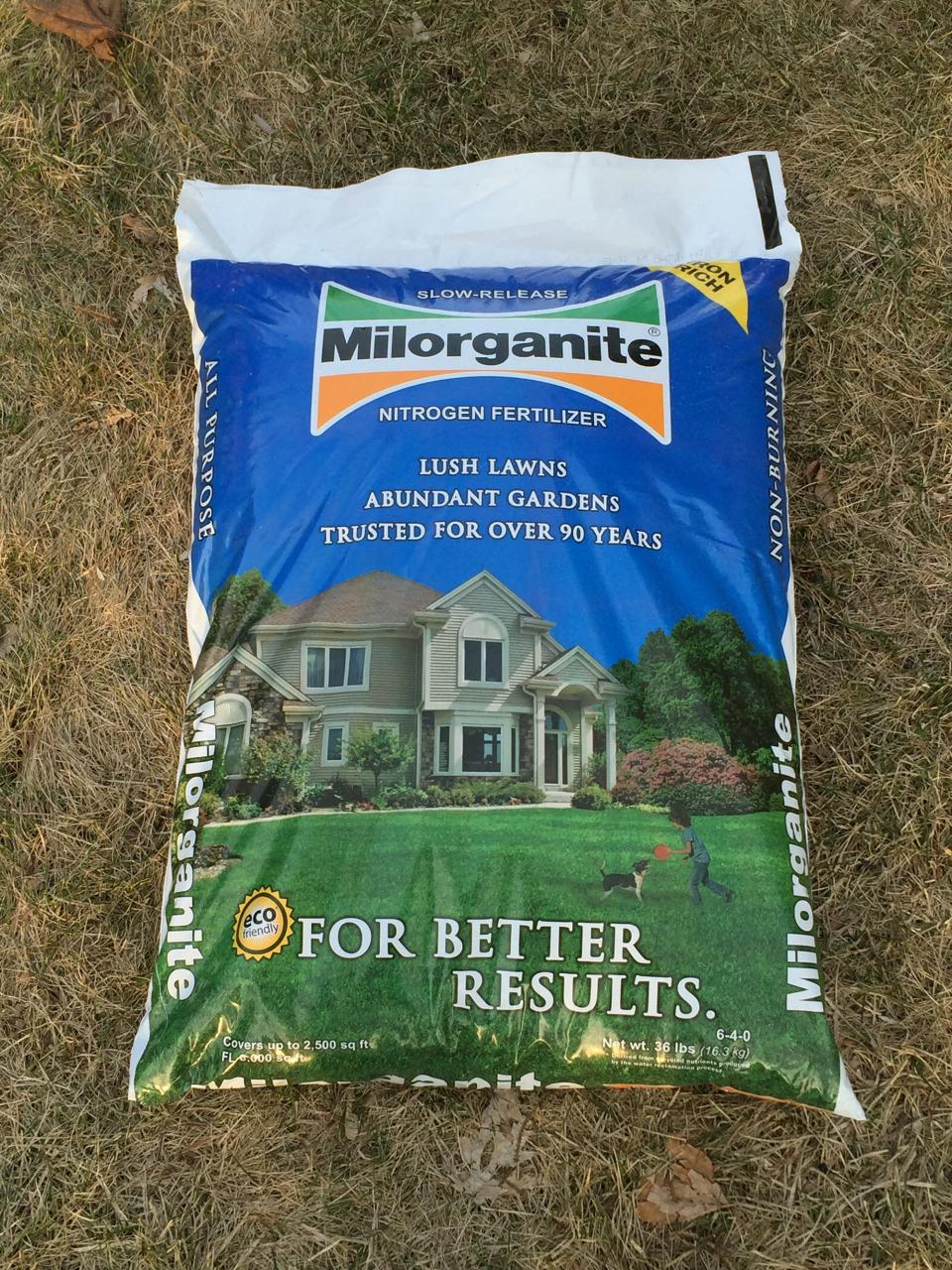About Milorganite, Milwaukee's signature scent
The drive along the Hoan Bridge offers some of the best views of the Milwaukee skyline and Lake Michigan.
And if the wind blows in the right direction, it’s also where you can get a good whiff of Milwaukee’s signature funky scent.
No, Eau de Milwaukee isn’t hops, brats or cheese curds. It’s Milorganite, a lawn and garden fertilizer made from our very own wastewater.
The Milwaukee Metropolitan Sewerage District started making Milorganite – named after Milwaukee organic nitrogen – at the city’s sewage treatment plant on Jones Island in 1926.

The city used a new method to treat wastewater, called the activated sludge method, which mixed microbes with sewage and air to remove 95% of the bacteria from the city’s sewage and 90% of the solids.
After wastewater enters the Jones Island Water Reclamation Facility, microbes are added that feast on the organic material. When the microbes die they settle to the bottom, leaving clean water above that is returned to Lake Michigan.
Water is squeezed out of the microbes before they are dried and turned into pellets that become the nitrogen-rich fertilizer sold around the country.
Turning this waste into fertilizer has kept 10 billion pounds of waste out of landfills since 1926, according to the sewerage district.
See the rest of Milwaukee's 100 objects
This article originally appeared on Milwaukee Journal Sentinel: About Milorganite, Milwaukee's signature scent

